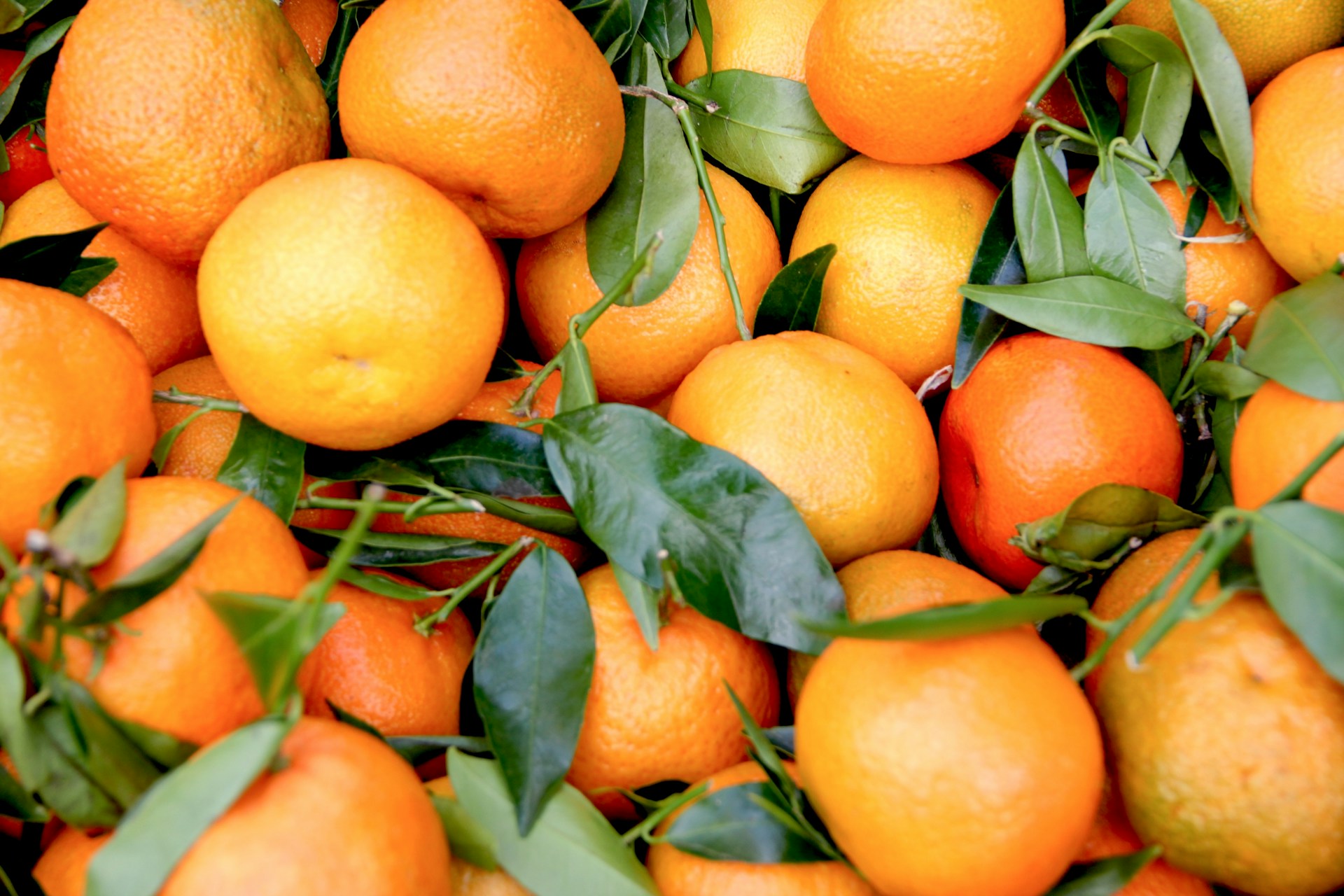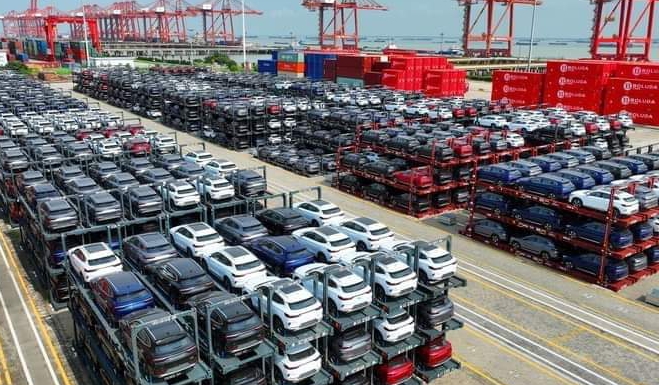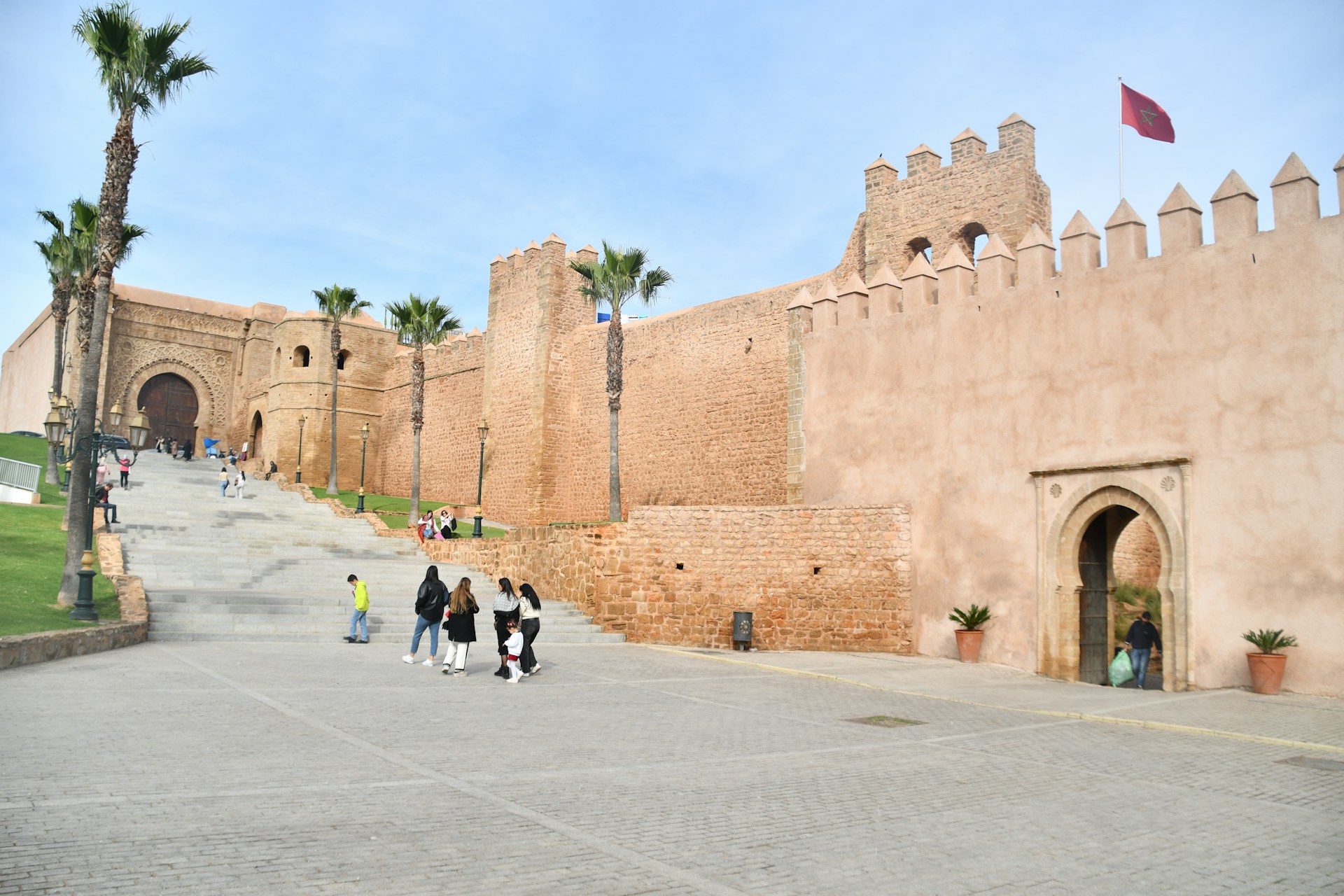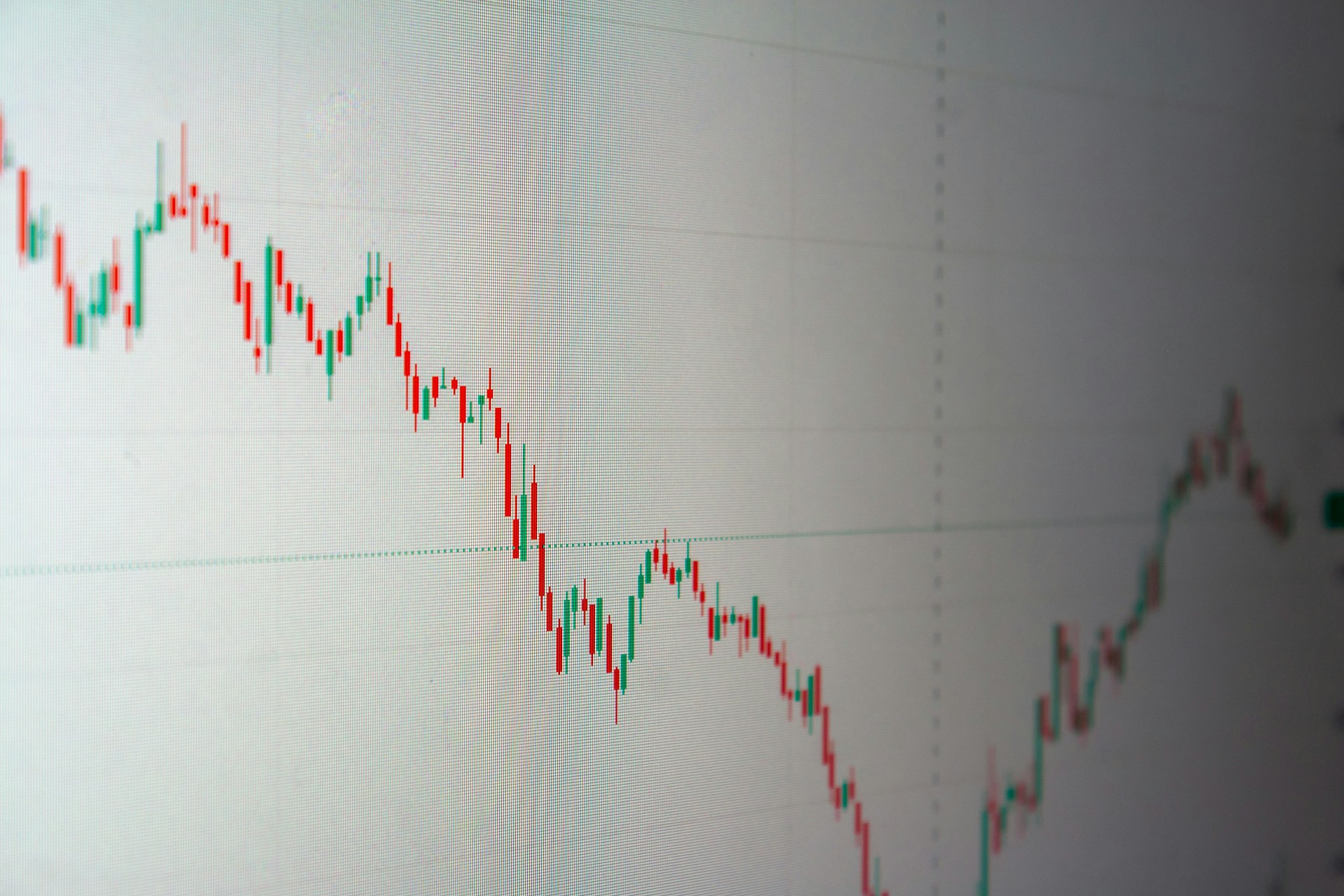Casablanca – Morocco has officially emerged as the leading exporter of small citrus fruits—such as clementines, mandarins, and satsumas—to the European Union during the first seven months of the 2024/2025 agricultural season. According to the latest figures released by the European Commission, Moroccan exports of small citrus reached a record volume of 134,455 tonnes between October 2024 and April 2025, surpassing 105,571 tonnes recorded during the same period the previous year.
This significant increase in exports reinforces Morocco’s dominant position in the European citrus market and highlights the growing strength of its agricultural export sector, particularly in small citrus varieties.
Sharp growth in April shipments
One of the most notable figures in the report is the dramatic increase in Moroccan citrus exports during April 2025. In that month alone, shipments to the EU totaled 15,618 tonnes, representing a 474% surge compared to 5,982 tonnes in April 2024. This spike reflects both heightened European demand and Morocco’s capacity to respond swiftly to market needs.
Competitive advantage in the EU market
Morocco’s small citrus exports outpaced those of several major global competitors. During the same October–April period:
- Turkey exported 63,196 tonnes
- Israel: 44,387 tonnes
- South Africa: 34,558 tonnes
These figures confirm Morocco’s role as the EU’s primary partner for off-season citrus supply, especially during the European winter months when local production is low.
Monthly performance also shows consistent growth:
- In February 2025, exports stood at 25,722 tonnes, up from 21,734 tonnes in February 2024
- In March 2025, Morocco shipped 22,629 tonnes, compared to 18,041 tonnes in March 2024
This steady rise suggests strategic improvements in production, logistics, and international trade coordination.
Orange exports remain limited
In contrast to the success of its small citrus fruits, Morocco’s exports of oranges to the EU remain modest. During the same seven-month period, only 4,261 tonnes of Moroccan oranges were shipped to the European market. Of that, 1,084 tonnes were exported in April 2025.
Meanwhile, Egypt topped the list of orange exporters to the EU with 215,723 tonnes, followed by South Africa with 155,624 tonnes. These large volumes highlight the competitive challenges Morocco faces in the orange segment, where scale and cost advantages favor larger producers.
Rising prices in the European market
Citrus prices across the EU saw substantial increases in April 2025 compared to the same month in 2024. Mandarins averaged $155 per 100 kg, marking a 32% rise, while oranges reached $109 per 100 kg, up 17%. Lemons saw the highest jump, climbing to $141 per 100 kg, a 43% increase. These price hikes reflect both growing consumer demand and limited supply in the European market during the off-season.
EU production still strong, but imports rising
Despite increased imports, the EU continues to maintain substantial domestic citrus production. In the previous season (2023/2024), the total output of citrus fruits across EU countries reached 7.96 million tonnes, including 6.2 million tonnes of oranges alone.
However, climatic variability and water stress in southern Europe have caused a slight dip in output this year, creating space for exporters like Morocco to increase their market share.
Morocco’s expanding citrus sector
Morocco’s total citrus exports for the 2024/2025 season are expected to reach approximately 597,000 tonnes, a 31% increase over the previous year, according to industry estimates. Small citrus fruits make up about 83% of this total, followed by oranges and lemons.
The country’s citrus sector now contributes more than $456 million annually to national export revenues. This growth is supported by:
- Improved irrigation and water efficiency technologies, which have helped maintain yields despite drought conditions
- New maritime trade routes, particularly a direct shipping line from Agadir to Dakar, which has reduced transport times and costs
- Diversified export destinations, including the EU, North America, Russia, and West Africa
Lemon exports, which had suffered in recent years, have also shown signs of recovery, reaching 6,100 tonnes by March 2025—the highest since the 2020/2021 season.
Outlook and strategic implications
Morocco’s success in the small citrus segment demonstrates the country’s growing influence in European fresh produce markets. With steady improvements in infrastructure, production quality, and trade logistics, Morocco is well-positioned to expand its agricultural footprint further.
Nevertheless, competition remains intense, particularly in oranges and lemons. To maintain its lead, Morocco will need to continue investing in sustainable farming, climate resilience, and market intelligence to align its output with evolving EU demand.
In conclusion, Morocco’s record citrus exports to the EU in 2024/25 reflect not only a strong agricultural performance but also a broader economic shift toward high-value, strategically targeted exports—positioning the country as a critical partner in European food security during low-production months.















